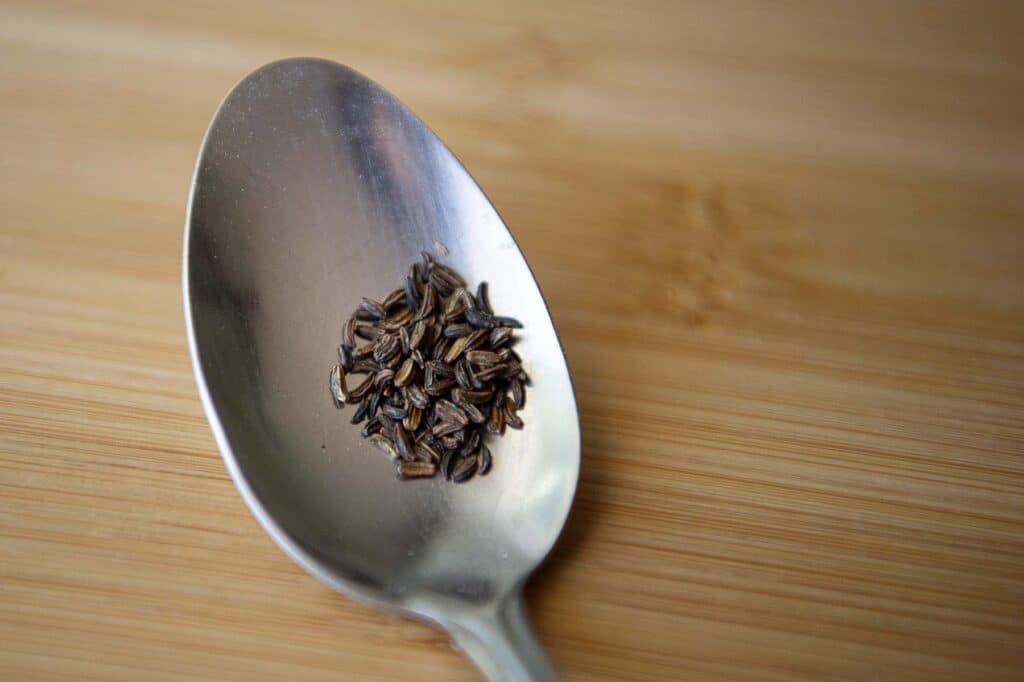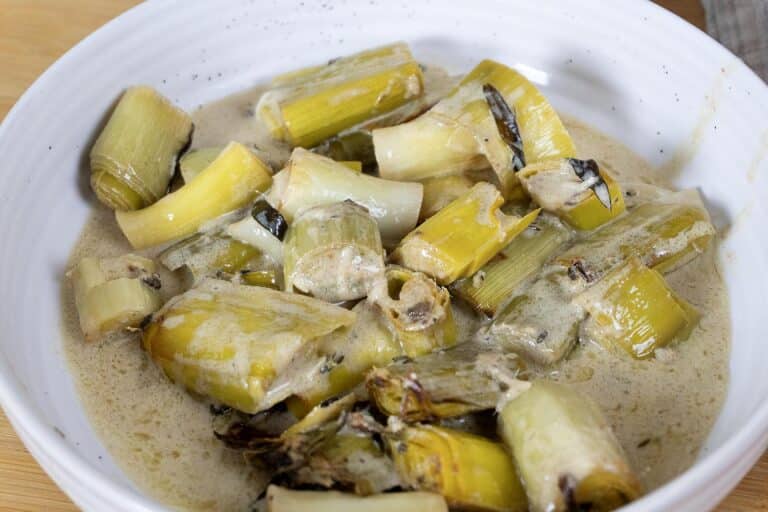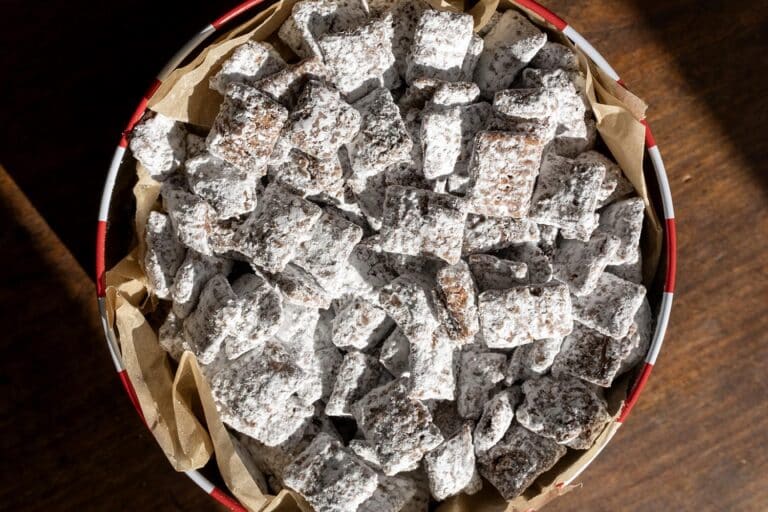What is the Difference Between Hemlock and Alexanders?

When foraging for wild plants, especially those used in culinary applications, it’s crucial to differentiate between edible species and those that are toxic.
A common confusion arises between hemlock and Alexanders, two plants that can appear similar at a glance but are vastly different in terms of edibility and safety. Understanding these differences is not only important for culinary reasons but also for safety.
Botanical Characteristics
Alexanders
- Alexanders (Smyrnium olusatrum) is a biennial herb native to the Mediterranean region. It is characterized by its green, glossy leaves which resemble those of celery or flat-leaf parsley. The plant grows a thick, grooved stem and its flowers are yellow-green in color, arranged in umbrella-like clusters known as umbels.
Hemlock
- Hemlock (Conium maculatum), on the other hand, is infamous for its toxicity. It is a biennial plant and can be identified by its smooth, hollow stems that are often marked with purple blotches. Its leaves are finely divided and fern-like, much lighter in color than Alexanders. Hemlock flowers are small, white, and also arranged in umbels.
Toxicity
Alexanders
- Alexanders is entirely edible from its leaves and stems to its roots and seeds. Historically, it has been used as a food source and has various culinary applications today, especially among foragers and those interested in historical foods.
Hemlock
- Hemlock is highly toxic and can be fatal if ingested. All parts of the plant contain potent neurotoxins that disrupt the central nervous system, leading to severe symptoms and potentially death. There is no safe part of hemlock to consume, and it should be avoided at all costs in wild harvesting.
Culinary Uses
Alexanders
- Alexanders is used primarily in cooking. Its stems can be prepared like celery or asparagus, leaves can be used in salads or as a cooked green, and roots can be boiled or roasted. Alexanders’ seeds are sometimes used as a spice, similar to myrrh.
Hemlock
- Due to its toxicity, hemlock has no culinary uses and should not be handled for food preparation under any circumstances.
Habitat and Growth Conditions
Alexanders
- Alexanders prefers coastal areas and can often be found growing near the sea. It thrives in well-drained soil and partially shaded locations but can also tolerate a range of urban settings like roadside verges and railway lines.
Hemlock
- Hemlock is more adaptable and can be found in a variety of habitats, though it prefers moist, rich soils. It is commonly found in waste areas, along roadsides, and on riverbanks, where it can often be mistaken for harmless herbs.
Understanding the differences between hemlock and Alexanders is essential for those interested in foraging or wildcrafting.
While Alexanders offers a range of edible uses, hemlock remains one of the most dangerous plants commonly mistaken for edible species. Always forage with a knowledgeable guide or use a reliable field guide to ensure safety when collecting wild plants.






